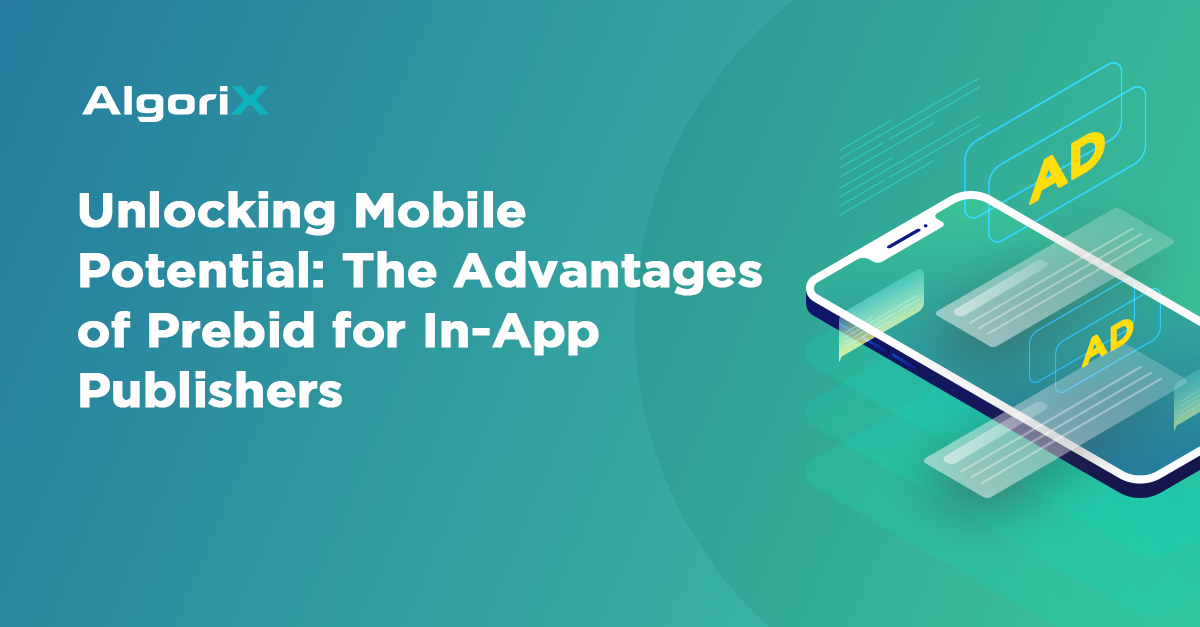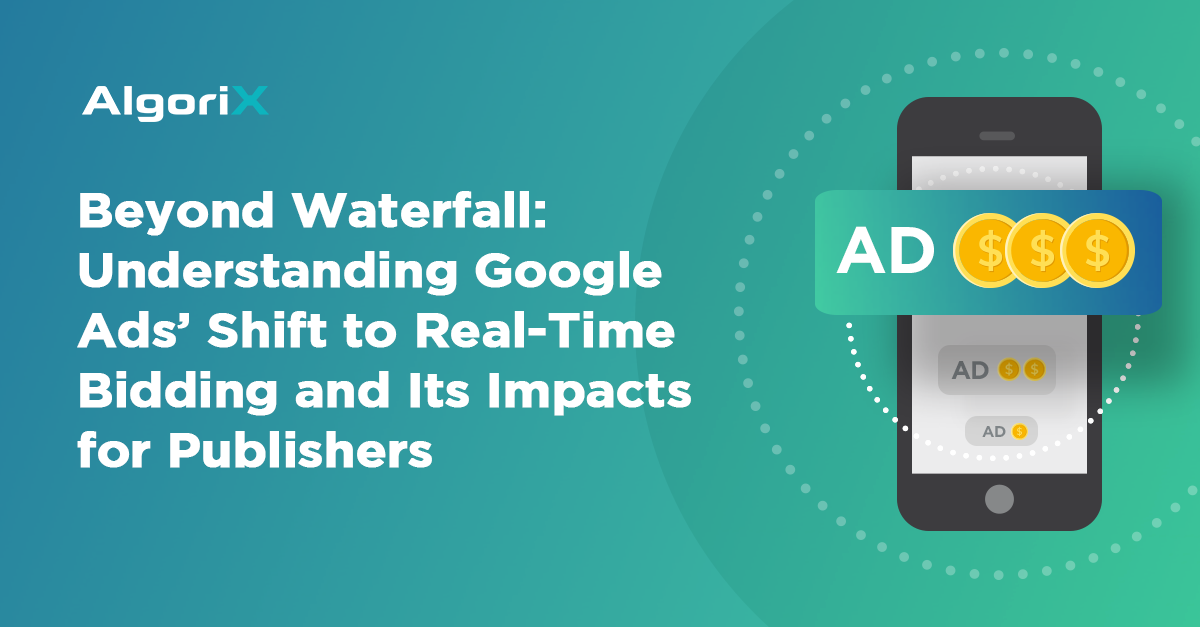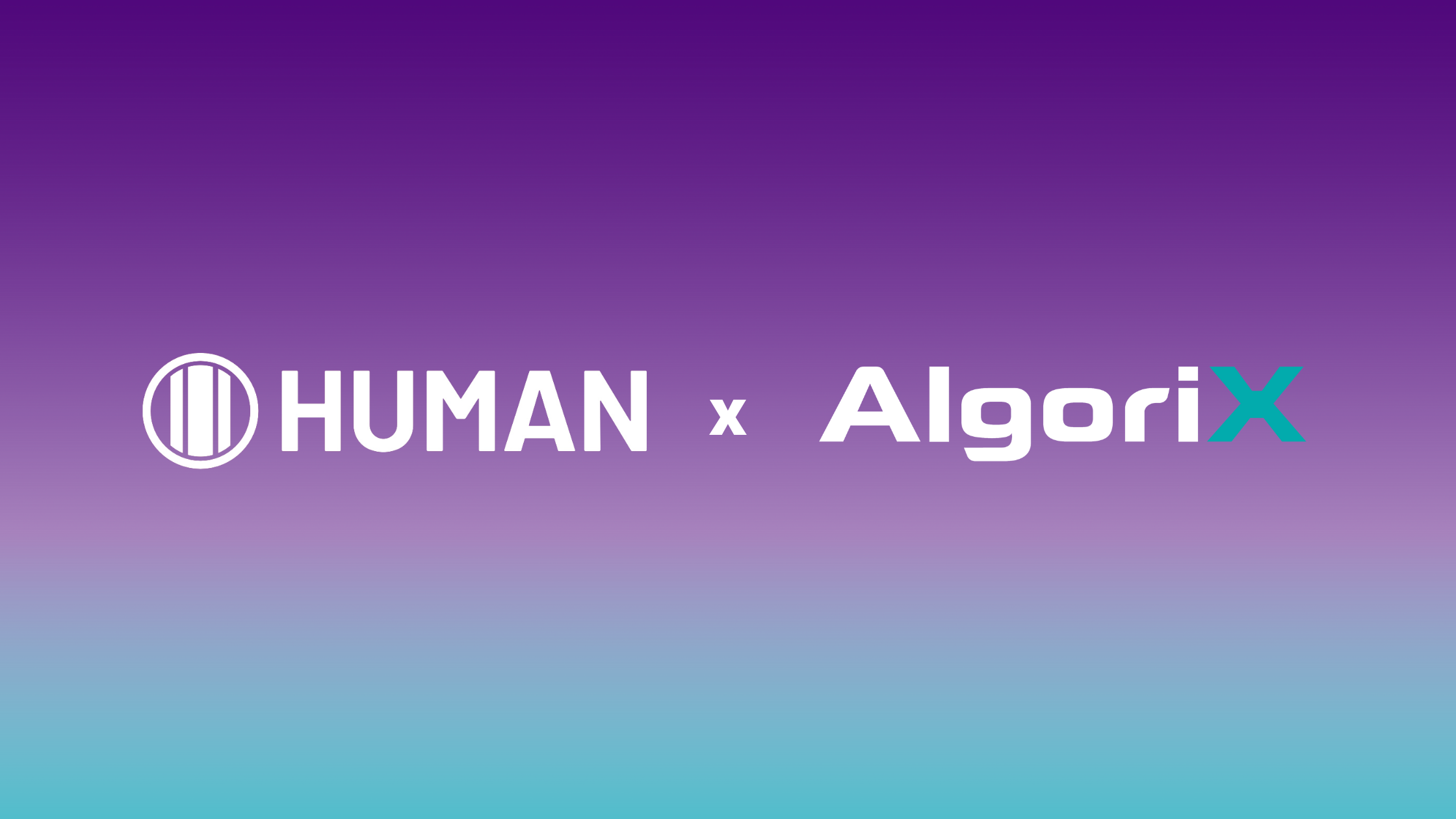According to Statista, there are 2.71 billion mobile users worldwide. People spend 89% of their time on their mobile phones. That’s why most brands, whether big or small, are pouring all their investments into mobile advertising. Statista predicted that mobile ad spend will go up to 250 billion US Dollars in 2021. So, how do you compete as a brand for 2020? Here are some trends to help you get ready for next year.
Rewarded Video Ads
Advertising, or any other marketing gimmicks, performs well when the audience is being rewarded. Mobile games have proven Rewarded Video Ads highly effective. If you’re not familiar, rewarded ads are used by publishers to give users in-app items in return for ad engagement. For example, Mobile Legends, one of the most popular mobile games up to date, will give coins in exchange for watching ads. Imagine having 75 million active players watching your ads every day! The potential for brand awareness is immense.
Static Interstitial Ads
Because Static Interstitial Ads take up the whole screen of your app, they’re good at getting user impressions. They’re typically displayed at an app’s normal transition points, whether between tasks or between levels in a game. Static Interstitial Ads give users options to either tap the ad and continue or link to a different destination. Inserting interstitial ads in a level-to-level mobile game may be a great way for advertisers to implement ad formats as it is a normal use split.
Banner Ads
Banner ads have been proven effective even before the rise of smartphones. It’s a form of advertising that’s embedded into a mobile app or even a web page to drive traffic to the advertiser’s website. Visitors who are targeted with display ads are 70% more likely to convert. Banner ads also have a 33% higher response rate than billboards or out-of-home ads.
Playable or Interactive Ads
Playable ads are intuitive ads that serve as game demos. While playables are often associated with mobile games, it’s an incredible technique for making your audience try your app before downloading. The best playables are short, sweet, and offer a little taste of what’s in store if the user downloads the app.
With these four types of ads, how do you increase user conversions?
-
Refrain from interrupting your users. Nobody likes being interrupted while they’re in the middle of a game. With Static Interstitial Ads, timing is everything. Find the right time to display your ad.
-
Keep it brief. Especially with video ads, you have to keep in mind that your audience’s attention span is as low as five seconds.
-
Be creative. As mentioned above, creativity is the key to keeping up with the people’s attention span. If your ad catches your market’s attention, then you will surely convert them.
-
Invest in targeting, geolocation, and other data-driven ads. All the things said above will not be as effective if you don’t have data up your sleeve. They say data is gold, so make sure you use it for good.
—
At AlgoriX, we cover a range of ad formats to cater to your unique needs and achieve maximum engagement. For more information, contact us.











